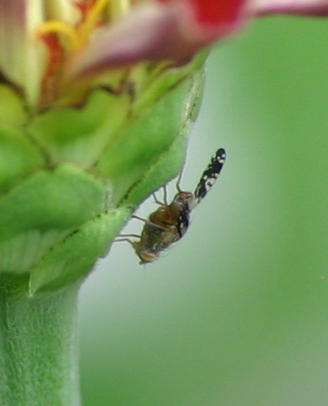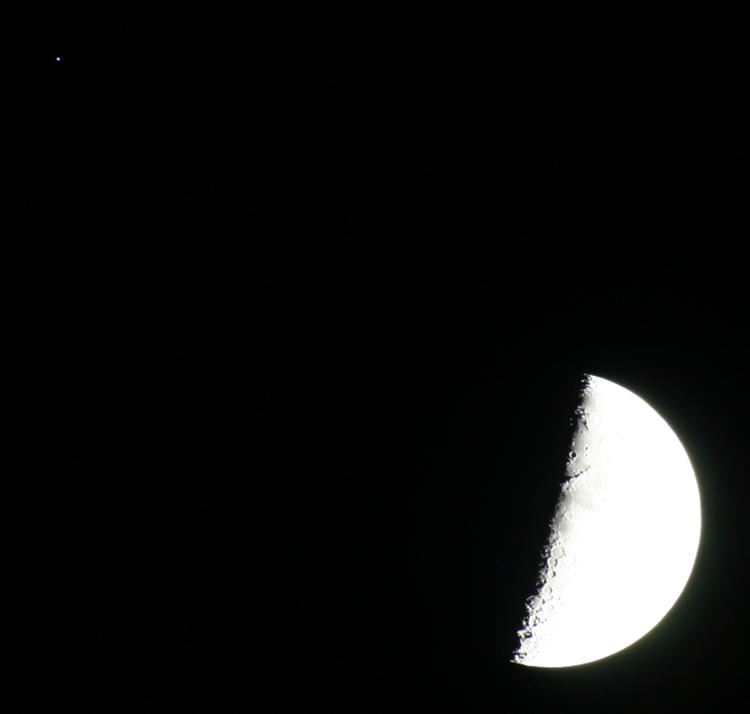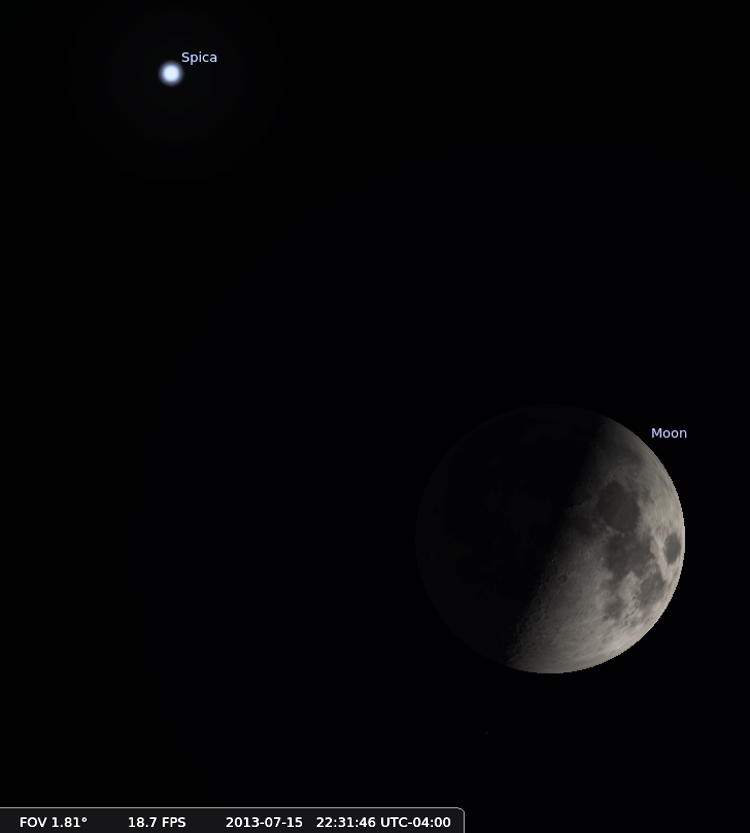
July 15th seems to have been a slow photography day throughout the range of my digital stock, for unknown reasons, so we have only two for this week’s post, and both from the same day at that, in 2013. I can’t remember where I was when I shot the female dark phase eastern tiger swallowtail (Papilio glaucus) above, and have never tried to identify the flower; I suspect I was in a botanical garden, though.
 But what’s this? Unseen at the time, some tiny insect is lurking underneath the same blossom, conveniently highlighted by a spot of bright background that gives it a small halo – either that or it’s divine in some way. Ya never know. Shown at right at full resolution, it’s obviously tiny when scaled against the swallowtail, and since I never spotted it at the time, I never tried to go in closer to get better detail shots. It looks supremely funky, but I’m betting it was simply cleaning its wings in that moment and so they were pitched out at odd angles, and it’s only a variety of fruit fly that uses patterns on its wings to camouflage itself against predators. There remains the possibility that it was having body work done and it’s spotted with primer before the finish coat is applied – it may be embarrassing and unsightly, but fruit flies gotta make a living too.
But what’s this? Unseen at the time, some tiny insect is lurking underneath the same blossom, conveniently highlighted by a spot of bright background that gives it a small halo – either that or it’s divine in some way. Ya never know. Shown at right at full resolution, it’s obviously tiny when scaled against the swallowtail, and since I never spotted it at the time, I never tried to go in closer to get better detail shots. It looks supremely funky, but I’m betting it was simply cleaning its wings in that moment and so they were pitched out at odd angles, and it’s only a variety of fruit fly that uses patterns on its wings to camouflage itself against predators. There remains the possibility that it was having body work done and it’s spotted with primer before the finish coat is applied – it may be embarrassing and unsightly, but fruit flies gotta make a living too.
No, huh? Okay, moving on.
Later that evening, I was playing with astrophotography – no, not of the Jetsons’ dog, just the moon. And another interloper, but one that I knew was there.

Noticing that a star was still visible as it was drawing rather close to the moon, I endeavored to get them both in the same frame, knowing that an exposure that showed both to advantage was physically impossible – this is the frame used to capture the star, while another was used to get the moon in ‘normal’ view, one that caused the star to vanish entirely.
I brought up Stellarium and set the date and time to match, determining that the star in question is Spica, a fairly bright entity this time of year (well, any time of year, but easy to spot at this time of year.) Which helps explain why it was still visible by eye against the moon’s glare.

Of course, I could have done a quick archive search on the blog and determined it that way, too, but I couldn’t recall if I’d done a post about it then or not, and Stellarium is more fun. Yes, I said that about my own blog, but I’m a little bleary about it right now. It’ll pass, and I’ll be back to my usual egomaniacal self, don’t you fret.




















































